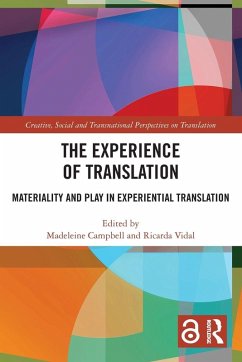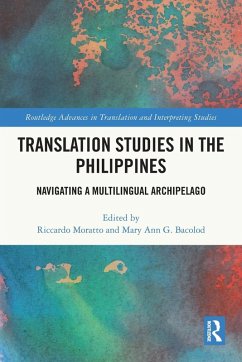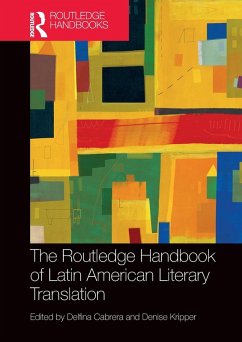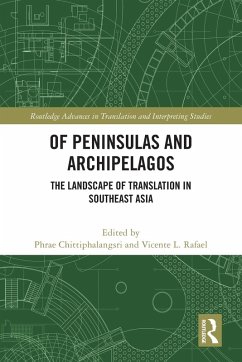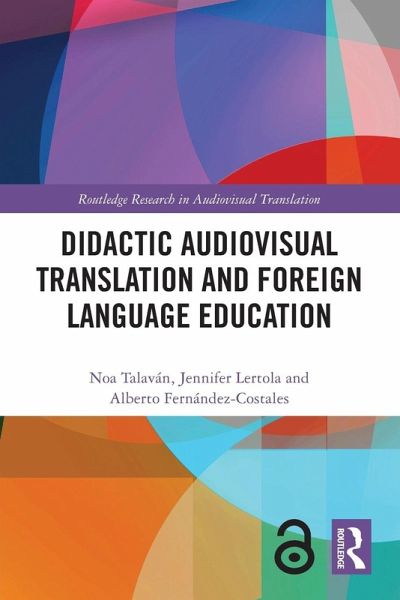
Didactic Audiovisual Translation and Foreign Language Education
Versandkostenfrei!
Versandfertig in 1-2 Wochen
57,99 €
inkl. MwSt.
Weitere Ausgaben:

PAYBACK Punkte
29 °P sammeln!
This book offers a comprehensive view of didactic audiovisual translation (didactic AVT or DAT) in language education. This book will be a valuable resource for graduate students, scholars, and practitioners in translation studies.







